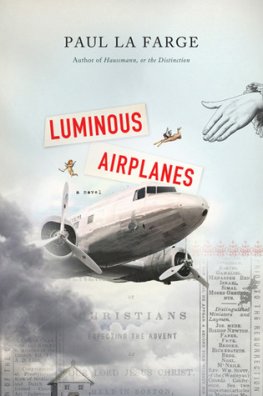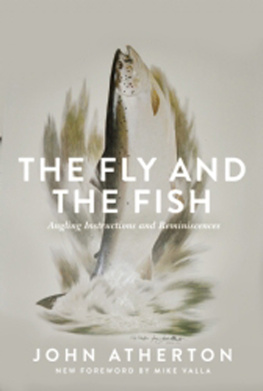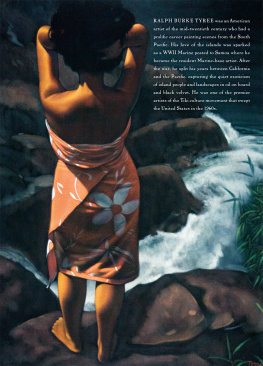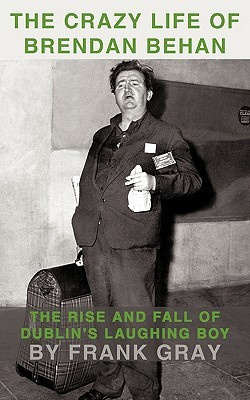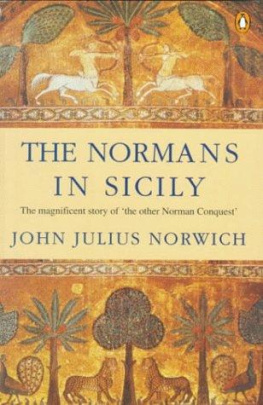The spectacular beauty of the Pacific islands seems made for the artists palette and the painters eye, but it is a strange fact that few artists of note have lived and worked there since the days when masters like John Webber and Louis Choris travelled with the great explorers. Today we think of Paul Gauguin as the modern Pacific painter, but there was another a man who preceeded the Frenchman to the South Seas, and whose reputation far overshadowed that of Gauguin in their time John La Farge, aesthete, philosopher and doyen of American artists. On August 23, 1890, La Farge sailed from San Francisco on the first stage of a year-long odyssey that would take him to Hawaii, Samoa, Tahiti and Fiji. He visited with Robert Louis Stevenson, became versed in traditional Polynesian culture, met the controversial Shirley Baker of Tonga, was adopted into an aristocratic Tahitian family and journeyed to see the wild hill tribes of Fiji with Sir John Thurston, painting and sketching the while. This account of his experiences, illustrated with his own work, is a unique and significant contribution to the artistic, literary and historical heritage of the Pacific, and a revealing insight into the life and character of a complex and fascinating man.
John La Farge was a striking and singular figure tall, pale and slender, he dressed habitually in black and everything in his appearance suggested refinement in its very essence.1 Fastidious by nature, he had his own kind of pen, his own kind of paper, his own distinctive way of doing everything; every gesture of his body seemed to relate to the ultimate ends of his life and work. 2 He had the tact of a diplomat, the manners of an old world courtier and the breeding and bearing of a gentleman. As his friend Henry Adams, the distinguished historian, put it:
he prided himself on faithfulness to tradition and convention; he was never abrupt and abhorred dispute. His manners and attitude to the universe were the same, whether tossing in the middle of the Pacific Ocean sketching the trade-wind from a whale-boat in the blast of sea-sickness or drinking the cha-no-yu in the formal rites of Japan, or sipping his coconut cup of kava in the ceremonial of Samoan chiefs, or reflecting under the sacred bo-tree at Anaradjpura.3
Quiet and reserved in manner, he seemed the very embodiment of sophisticated poise and cool detachment, yet his outward calm masked a restless and inquiring mind, and a relentless individuality lurked behind his scrupulous propriety.
Born in New York city in 1835 to a wealthy and artistic family of French descent, La Farge had a classical education and was intended for a career in the law, but found himself drawn to science, philosophy and poetry. Advised by his father to study painting under a master as an accomplishment before becoming a lawyer, he went to Paris at the age of 21 and worked for a time in the studio of Thomas Couture but quickly became dissatisfied with the salon style of painting which, as he saw it, made no attempt at a synthesis of light and air4 and used color in an arbitrary way merely as a manner of decorating systems of painted drawings. 5 Breaking away from the studio, he studied paintings and old master drawings in the Louvre and in museums and galleries in Germany, Holland, Belgium, France and England, concentrating on the problems of color, light and shadow. On returning to America he entered a lawyers office, but left in 1859 to study painting at Newport, Rhode Island, under William Hunt, the earliest interpreter of the modern French school in America.
His interests now included architecture, history, Oriental philosophy and Japanese art, and he found it impossible to confine his attentions to a single discipline. He read widely in many fields, experimented with light and optics, studied Japanese brush painting and mastered Mandarin Chinese. He would speak of Titian and Tintoretto in one breath, Tao and Nirvana in the next, then turn to a discussion of mathematics. As Adams put it:
La Farge alone owned a mind complex enough to contrast against the commonplaces of American uniformity, and in the process perplexed most Americans who came in contact with it.... One was never sure of his whole meaning until too late to respond, for he had no difficulty in carrying different shades of contradiction in his mind... his thought ran as a stream runs through grass, hidden perhaps, but always there.6
He struck everyone who met him as an eternal seeker and questioner, among them the eminent French critic Paul Bourget who remarked on the impression of a nervous activity unappeased by any effort, unsatisfied through any experience, and seeking, and seeking again.7 For La Farge, knowledge was not an end in itself, but a means of discovering the transcendental truths that he believed could be found in all cultures, all times and all disciplines. As his son John remembered,
his questioning was based on the conviction that he had reached certain truths and that there were answers to the questions. Innumerable queries tormented him to the end, and yet there was always somewhere an answer, he seems to have realized, which led to a greater answer.8
Later in life, La Farge recalled how these concerns made it difficult for him to settle to his chosen career:





